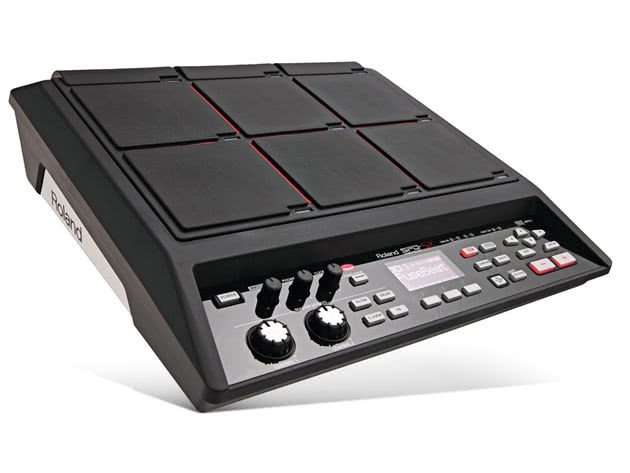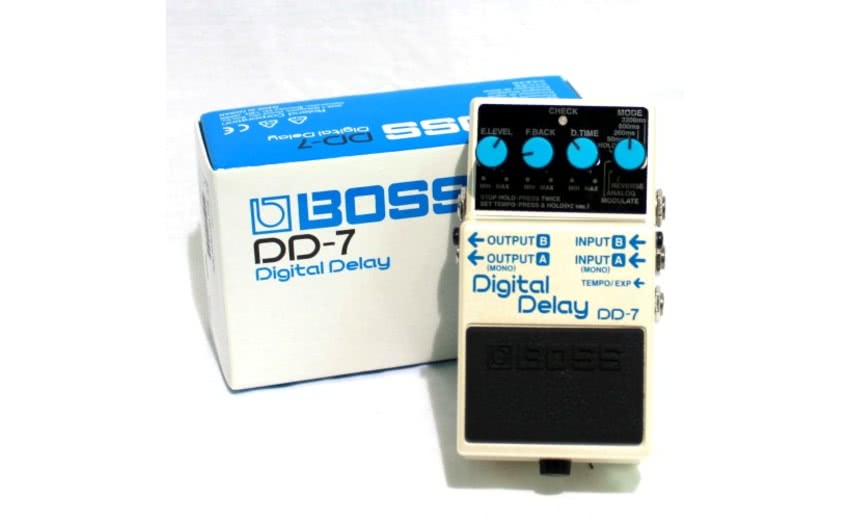Following the release of their debut EP, Illumina, ’70s-inspired dream pop four-piece I Know Leopard aren’t wasting any time in getting to work on a follow-up, recently unveiling their new single ‘Close My Eyes’.
The single bears all the trademark characteristics of the distinct I Know Leopard sound. The track is awash with strings, celestial vocals, and an ever-building melody, which all combine to create something both emotional and addictive.
To learn more about how this unique Sydney quartet get their signature sound, we caught up with keyboard player Luke O’Loughlin, who took us through his personal rig, that of his bandmates, and even gave us the skinny on what happens in the studio with I Know Leopard.
Back To Basics
 If I had to tour in a small car and could only bring two or three pieces of equipment with me, I’d bring a Roland SPD-SX drum machine, a Nord Electro 3, and a Boss VE-20 Vocal effects pedal. Probably because these pieces are the most organic yet versatile tools.
If I had to tour in a small car and could only bring two or three pieces of equipment with me, I’d bring a Roland SPD-SX drum machine, a Nord Electro 3, and a Boss VE-20 Vocal effects pedal. Probably because these pieces are the most organic yet versatile tools.
In the modern musical world, for me, sine and sawtooth waves are becoming increasingly too familiar. I find that I am able to create fresh, unique sounds by starting with something organic like a piano, a voice or a sample of a field recording, and then looping and tweaking it into something otherworldly.
Evolution
I guess my rig has changed to accommodate our decisions in the studio. We started as more of a guitar band, but gradually more instruments and sounds crept in, so space needed to be made on stage for a couple of samplers and most importantly, a violin hooked into guitar pedals.
Back In The Day
Oh man, if we’re talking ‘first’ piece of gear, Todd (guitarist) will probably tell you it was something like an Ibanez guitar and a Metal Zone pedal. For me, it was probably this hideously oversized and limited Yamaha electric piano.
I can’t remember the model. My understanding has changed a lot. I suppose my realisation of the the power of sampling and effects units was an important one for me.
Gear vs Song
In the pop world, I’m a big advocate of the song being the most important thing. I tend to think that if the song has nothing memorable or interesting in the melodies, lyrics or structure, it doesn’t matter what filters were used or how effected the vocals were. It’s hard to completely disguise a shit song. Just my opinion though.
That said, it’s important to find a unique way of presenting your songs so that they stand out in what is an endless sea of new music in the world today.
Getting Weird
 I have recently acquired this little Yamaha SHS-10 keytar which came out in 1987. It’s pretty much like a toy Casio. It’s very tiny and very cute and only has about 20 sounds on on it. But it has a quarter-inch output and when you put it through delay and reverb pedals it really sings. It really is quite lush and I’ve been using it on a few recordings lately.
I have recently acquired this little Yamaha SHS-10 keytar which came out in 1987. It’s pretty much like a toy Casio. It’s very tiny and very cute and only has about 20 sounds on on it. But it has a quarter-inch output and when you put it through delay and reverb pedals it really sings. It really is quite lush and I’ve been using it on a few recordings lately.
When I was in the US I picked up a little retro Stylophone. Again, it was something that really worked when it was run through effects.
Ol’ Reliable
The oldest piece of gear in my rig is probably my trusty little Boss DD-7 digital delay pedal. I’ve had it for over seven years and I have always just used it with synths.
There’s probably a lot better suited delay pedals for this kind of thing like the Strymon Timeline or something, but the DD-7 has never let me down so I’ve never felt the need to upgrade.
Solving Problems
 One of the things I hate most is dead air between songs in a set. But the reality is there’s going to be times when you have to deal with that awkward moment when the power to the guitarist’s pedalboard is gone or strings are broken etc.
One of the things I hate most is dead air between songs in a set. But the reality is there’s going to be times when you have to deal with that awkward moment when the power to the guitarist’s pedalboard is gone or strings are broken etc.
The trouble is, I am no comedian. Luckily on stage I have a MIDI controller running MainStage with soft synths and samples. The controller’s faders are mapped to control filters, effects, and loops etc.
So I always have sounds at the ready that I can tweak to build little soundscapes between songs and make it seem like the gap was all part of the show.



































